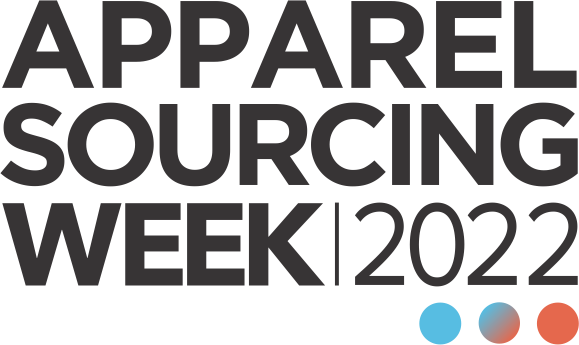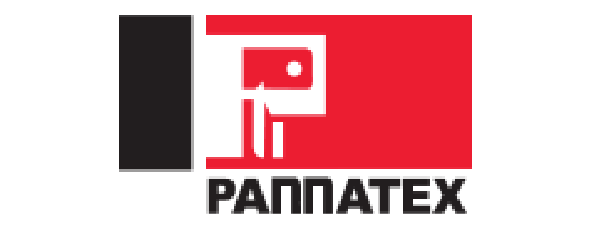All about the people
Apparel Sourcing Week, (ASW) platform is aligned to the changing dynamics of the industry, moving in pace with At Apparel Sourcing Week (ASW), our heartbeat is the vibrant community that defines the ever-changing landscape of the fashion industry. We move in sync with the dynamic world of apparel sourcing, adapting to the evolving needs of both suppliers and buyers.
ASW is not just an event; it's a celebration of collaboration, knowledge, and inspiration. Our platform offers three key zones, creating a seamless sourcing process with greater transparency and reach.
TRENDSYNC HUB
INSIGHT LOUNGE
INNOVATION ARENA
NETWORKING NOOK
The 4 C's of ASW
CREATE
an expo
Immerse yourself in the artistry of fashion. ASW is not just a showcase; it's a celebration of creativity. Be inspired by the makers, fuel your imagination, and craft the extraordinary.
COLLABORATE
Exchange
Immerse yourself in a collaborative ecosystem at ASW. Experience the power of collective creativity as you connect with like-minded professionals, forging partnerships that shape the future of fashion sourcing.
CONNECT
Peers
ASW is your gateway to a thriving network of industry experts, retailers, buyers, and manufacturers. Here, connections transcend traditional boundaries, fostering a community, and meaningful relationships take center stage.
CELEBRATE
Experience
Beyond being an expo, ASW is a grand celebration of accomplishments and milestones within the fashion industry. Join us in commemorating success stories, and giving a voice to brands that have left an indelible mark.




































